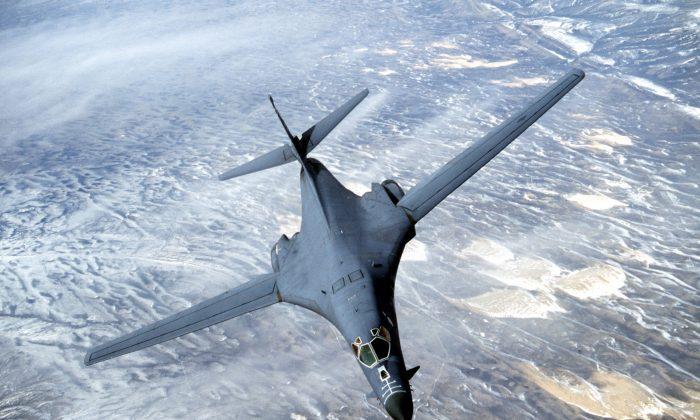U.S. Secretary of State Rex Tillerson accused North Korea on Friday of threatening the entire world, after Pyongyang fired a missile over Japan for the second time in under a month in defiance of international pressure over its missile and nuclear programs.
North Korea has launched dozens of missiles under leader Kim Jong Un as it accelerates a weapons program designed to give it the ability to target the United States with a powerful, nuclear-tipped missile.
Tillerson said in a speech to foreign officials that the tests threaten the world and stressed the United States was working closely with regional allies Japan and South Korea.
“In East Asia, an increasingly aggressive and isolated regime in North Korea threatens democracies in South Korea, Japan, and more importantly, and more recently, has expanded those threats to the United States, endangering the entire world,” Tillerson said.

Taking a tougher line than Tillerson, White House National Security Adviser H.R. McMaster said the United States was fast running out of patience for diplomatic solutions on North Korea.
“We’ve been kicking the can down the road, and we’re out of road,” McMaster told reporters.
“For those ... who have been commenting on a lack of a military option, there is a military option,” he said, adding that it would not be the Trump administration’s preferred choice.

A majority of Americans support military action against North Korea if economic and diplomatic efforts fail, according to a Gallup poll released on Friday amid rising tension over Pyongyang’s nuclear weapons program and recent missile launches.
The survey of 1,022 U.S. adults last week found that 58 percent said they would favor military action against North Korea if the United States cannot accomplish its goals by more peaceful means first.

Latest Missile
North Korea’s latest test missile flew over Hokkaido in northern Japan on Friday and landed in the Pacific about 2,000 km (1,240 miles) to the east, the Japanese government said.It traveled about 3,700 km (2,300 miles) in total, according to South Korea’s military, far enough to reach the U.S. Pacific territory of Guam, which the North has threatened before.
“The range of this test was significant since North Korea demonstrated that it could reach Guam with this missile,” the Union of Concerned Scientists advocacy group said in a statement. However, the accuracy of the missile, still at an early stage of development, was low, it said.
On Thursday, Tillerson called on China, Pyongyang’s only ally, and Russia to apply more pressure on North Korea by “taking direct actions of their own.”
North Korea staged its sixth and most powerful nuclear bomb test earlier this month and in July tested long-range intercontinental ballistic missiles capable of reaching at least parts of the U.S. mainland.
Last month, North Korea fired an intermediate-range missile that also flew over Hokkaido into the ocean.
Warning announcements about the latest missile blared around 7 a.m. (2200 GMT Thursday) in parts of northern Japan, while many residents received alerts on their mobile phones or saw warnings on TV telling them to seek refuge.
The U.S. military said soon after the launch it had detected a single intermediate range ballistic missile but it did not pose a threat to North America or Guam, which lies 3,400 km (2,110 miles) from North Korea.
The missile reached an altitude of about 770 km (480 miles) and flew for about 19 minutes, according to South Korea’s military.






